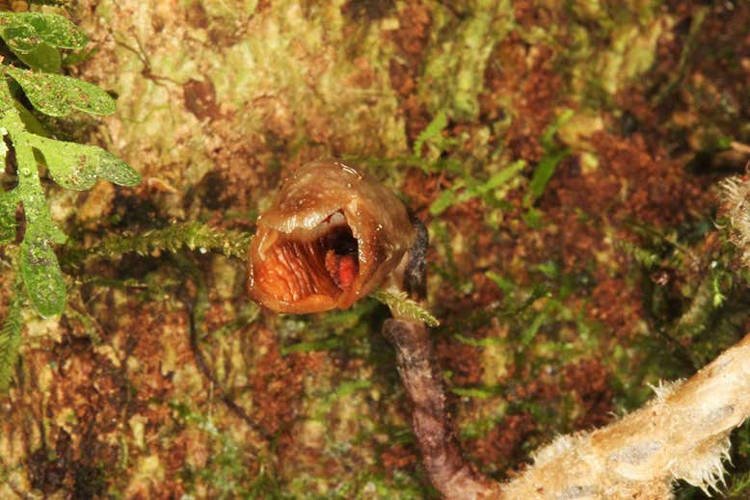beauty is in the eye of the beholder, but looking at this new species of orchid discovered by scientists in the forests of Madagascar, it’s easy to see why it’s already been dubbed the “world’s ugliest orchid”.
With over 700 genera and around 28,000 individual species, orchids make up one of the largest plant families. Most of these species are associated with beauty and elegance, but the newest member of this large family doesn’t really fit that description. Gastrodia agnicellus, one of this year’s newly discovered plants and fungi, has no leaves, grows from a woolly tuberous stem, has a bland brownish color, and spends most of its life underground, emerging only to flower or produce fruit.
“It’s not very attractive, I must say, it’s fleshy looking, red inside and brown on the outside,” Johan Hermans, one of the orchid researchers behind the flower’s discovery, told CNN. “This orchid’s got an amazing life cycle, it’s got an on-the-ground woolly tuber, no leaves, and the flower slightly pops up underneath the leaf litter. It opens only a little bit, it gets fertilized and the seed sort of fruits and actually lifts itself on quite a long stork about 20 centimeters (7.9 inches) tall, then it opens and distributes the seed.”
Like most other orchids, the world’s ugliest one is a perennial plant and has a symbiotic relationship with a fungus. However, while other orchids only rely on their symbiote in their early development cycle, Gastrodia agnicellus is permanently dependent on its symbiote for sustenance, as it doesn’t have any cells for photosynthesis. The fungus extracts nutrients such as carbon from the soil and other plants, and the orchid feeds on them.
There are still a great deal that scientists don’t know about this new and unusual-looking orchid, like how it is pollinated, or its habitat range in Madagascar, so more studies will need to be done. One thing is for sure, though, it probably won’t find its way into a wedding corsage anytime soon.



.jpeg&w=60&q=100&h=60)








